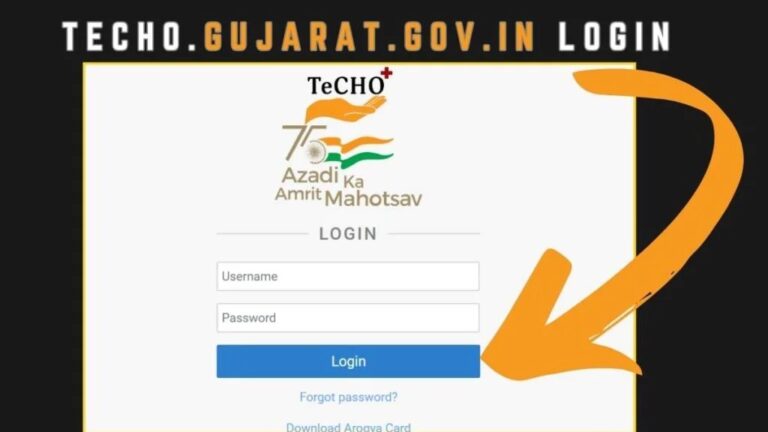
The amusement landscape has developed appreciably with the arrival of the digital generation, permitting viewers remarkable manipulation over their media intake. One charming development in this realm is the phenomenon of TV collections being edited by way of the viewers themselves. This fashion raises several questions about its origins, the motivations behind it, and its broader implications. Additionally, the position of ‘fillers’—episodes or scenes that do not improve the principle plot—warrants a better examination because of their effect on viewer engagement and enhancing conduct. Here, we delve into five key factors that shed mild on why viewers are getting editors in their favorite TV collections and the outcomes of fillers in this context.
The Rise of Viewer-Driven Editing: A New Era of Engagement
The idea of visitors modifying TV collections stems from a deeper desire for customized content consumption. As streaming services proliferate and provide tremendous libraries of content, visitors have grown acquainted with binge-watching and controlling their viewing schedules. This autonomy has extended to the content material itself, in which lovers take it upon themselves to create “fan edits” that align extra carefully with their alternatives.
Viewer-pushed enhancing frequently entails casting off parts of a display that can be deemed unnecessary or boring and developing streamlined variations that focus on the principal narrative or individual arcs. This practice now not handiest caters to personal tastes but also fosters an experience of network among enthusiasts who proportion these edited variations online. Platforms like YouTube and Reddit are rife with fan edits, showcasing the creativity and dedication of these amateur editors.
The Role of ‘Fillers’ and Their Impact on Viewer Experience
Fillers are episodes or scenes that don’t contribute to the main storyline of a TV collection. Often discovered in lengthy-running suggests, fillers may be a double-edged sword. On one hand, they provide opportunities for man or woman development, comedic alleviation, and global construction. On the other hand, they can frustrate viewers who are eager to look at the plot development, leading to disengagement.
The impact of fillers is in particular mentioned in serialized dramas and anime, where fans are invested in ongoing narratives. Fillers can disrupt the pacing and momentum of a chain, prompting some viewers to pass these episodes altogether. This conduct has paved the way for fan edits that put off fillers, providing an extra cohesive and tasty viewing enjoyment. By getting rid of extraneous content, those edits can reignite interest in a sequence and attract new viewers who opt for an extra streamlined narrative.
Suitable Facilities for Users to Be The Editors of The TV Shows They Like
The democratization of video-enhancing technology has empowered viewers to become editors in their favored TV suggestions. Online video modifying software programs have become increasingly accessible, supplying intuitive interfaces and effective functions that had been once special to professional editors. Platforms like Adobe Express’s free online video editor provide customers with the gear they need to trim, splice, and rearrange video clips, enabling the creation of custom edits with relative ease.
These tools cater to a huge range of talent degrees, from beginners to superior customers, making it possible for anyone to edit their favorite TV indicates. The availability of tutorials and online communities similarly helps aspiring editors hone their abilities and share their creations. As a result, fan edits are no longer the area of a pick few but a tremendous exercise that complements viewer engagement and participation.
Legal and Ethical Considerations in Viewer-Driven Editing
While viewer-pushed modifying is a testimony to fan determination, it additionally increases prison and ethical questions. Copyright legal guidelines usually furnish content material creators and vendors with distinctive rights to their works, and unauthorized edits can infringe on those rights. However, the road between fair use and copyright infringement is frequently blurred in the context of fan edits.
Fair use provisions can also shield sure transformative works, along with parody or critique, but fan edits that get rid of fillers or rearrange scenes won’t qualify. This legal ambiguity has led to various responses from content material creators and distributors. Some embody fan edits as a shape of unfastened promotion and fan engagement, while others take a stricter stance, issuing takedown notices and pursuing felony motions.
Ethically, viewer-pushed editing may be visible as each a form of creative expression and a capability disservice to the authentic creators’ imagination and prescience. While fanatics may argue that their edits enhance the viewing experience, additionally they alter the narrative structure and character improvement with the aid of the creators. Balancing fan creativity with respect for original content material is an ongoing challenge in this evolving panorama.
The Future of TV Series Consumption and Viewer Participation
The trend of visitors modifying TV series displays broader changes in media consumption and target audience expectations. As generation continues to increase, we can assume in addition improvements that decorate viewer participation and interactivity. Virtual reality (VR) and augmented truth (AR) technology, for example, can also offer new ways for lovers to interact with and even alter their favorite content material in immersive environments.
Moreover, content creators may an increasing number of recognize the cost of fan edits and include fan feedback in their manufacturing tactics. By acknowledging and integrating viewer options, creators can foster more potent connections with their audiences and create content that resonates greater deeply. This collaborative method ought to lead to a brand new era of TV series that might be co-created by enthusiasts and professionals alike.
Conclusion
The phenomenon of viewers modifying TV series and the impact of fillers highlight the dynamic courting between content creators and audiences. As enthusiasts are looking for greater control over their viewing reports, the gear, and platforms that allow viewer-pushed enhancing play a critical role in shaping the future of media intake. While prison and ethical considerations ought to be navigated cautiously, the ability for greater engagement and creativity is simple. As we flow forward, the interaction between conventional content material creation and fan participation will redefine the boundaries of storytelling and enjoyment.



